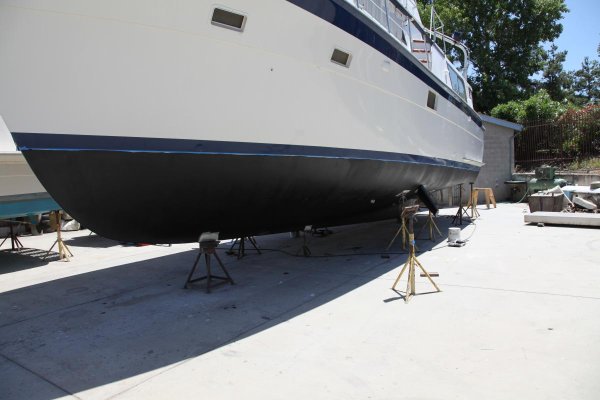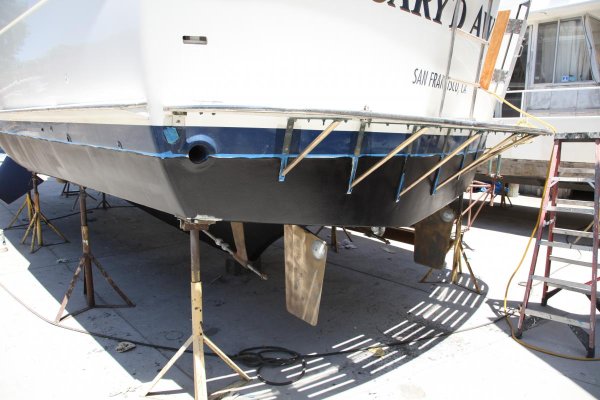Eye:
This is exactly the kind of feedback we were looking for. We have looked at a ton of boats that all seem to be over powered for the kind of cruising we want to do. I have been saililng for 64 years, 30,000 miles with the current boat, and would like to spend my remaining boating years with a few more creature comforts. We keep being told that we will quickly ruin big diesel engines cruising at the speed that we enjoy, even by mechanics that I have known for years. We are just not interested in traveling the next few thousand miles at 18-20kts or more. Plus, we really can't afford $250 a day for fuel. What we are finding is that about the only thing that comes close to meeting our requirements is a Monk 36. We would really like something in the 40'+ range but what is available seem to be equipped with big twin screw engines or exceed our $150K budget. Really appreciate all your observations. As sailors, we try to avoid bad weather or go around it. If we get caught out in it, well, we deal with it. You comment about having a few extra knots available on demand is well taken.
This is exactly the kind of feedback we were looking for. We have looked at a ton of boats that all seem to be over powered for the kind of cruising we want to do. I have been saililng for 64 years, 30,000 miles with the current boat, and would like to spend my remaining boating years with a few more creature comforts. We keep being told that we will quickly ruin big diesel engines cruising at the speed that we enjoy, even by mechanics that I have known for years. We are just not interested in traveling the next few thousand miles at 18-20kts or more. Plus, we really can't afford $250 a day for fuel. What we are finding is that about the only thing that comes close to meeting our requirements is a Monk 36. We would really like something in the 40'+ range but what is available seem to be equipped with big twin screw engines or exceed our $150K budget. Really appreciate all your observations. As sailors, we try to avoid bad weather or go around it. If we get caught out in it, well, we deal with it. You comment about having a few extra knots available on demand is well taken.

 All said in good jest and humor as Eric is a true contributor of this site, God bless him.
All said in good jest and humor as Eric is a true contributor of this site, God bless him.


